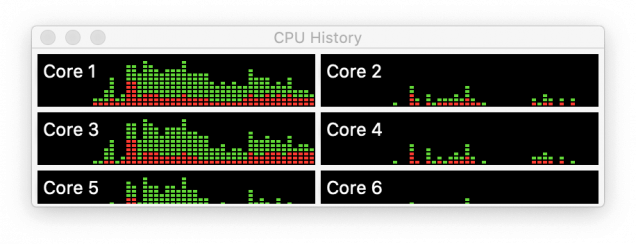

Moreover, the mouse speed significantly increases. By "VERY slow" I mean - games become unplayable (FPS drop from 60 to 6) and kernel_task starts using more than 500% of the CPU. Nevertheless, the main problem is, after some time, the laptop becomes VERY slow. Now, every time I plug-in the power cable, it starts straightaway (even without pushing the power button), turns off after a few seconds, and then starts normally. Click on the header a second time to change the sort order.Recently, my battery randomly died and I had to disconnect it, otherwise, my computer would not properly turn on (MacBook Pro was restarting itself and turning off over and over again).

When the arrow on the CPU header tab points down, the list sorts in descending order with the most active processes at the top. Note that the statistics at the bottom of the window continue to reflect all the processes running on your system.Ĭlick on the "CPU" header in the main portion of the Activity Monitor window to sort the list of processes by the amount of CPU capacity they use.

After you've made your selection, set the drop-down menu to "Selected Processes" to track only those items in the list of processes. Command-click on additional entries to add them to your selection individually. Shift-click on another item in the list to select all the entries between your original selection and the second process name you select. Switch to "All Processes" to see the full list of what's running on your MacBook Pro.Ĭlick on the name of a process to select it. Set the drop-down menu at the top right of the Activity Monitor interface to "My Processes" to view only those that belong to your user ID. If your computer's running processes claim your full processor power, the combined height of user and system bands reaches the top of the graph. In green, you'll see the activity from applications you launch and other processes that belong to you as the current user. The activity graph's red bands show how much processor power your computer claims for your operating system. The "% Idle" statistic represents the amount of processor power that's not in use at the time the utility polls the system. System processes belong to the computer itself. User processes belong to you and stem from the applications you launch or the processes they use.
:max_bytes(150000):strip_icc()/DiskSpeedTest-5793d03d5f9b58173bc6ecf5.jpg)
Click on the "CPU" tab at the bottom of the Activity Monitor window to display processor-use stats and a live stacked-column activity graph.


 0 kommentar(er)
0 kommentar(er)
